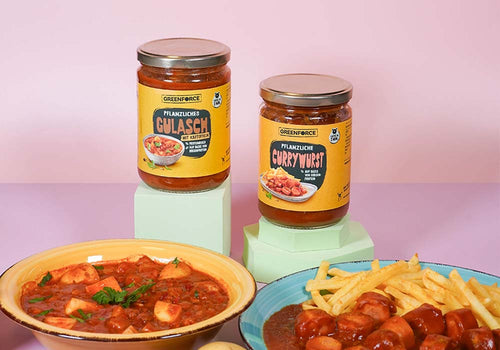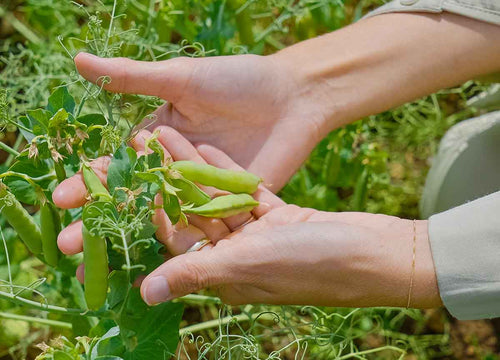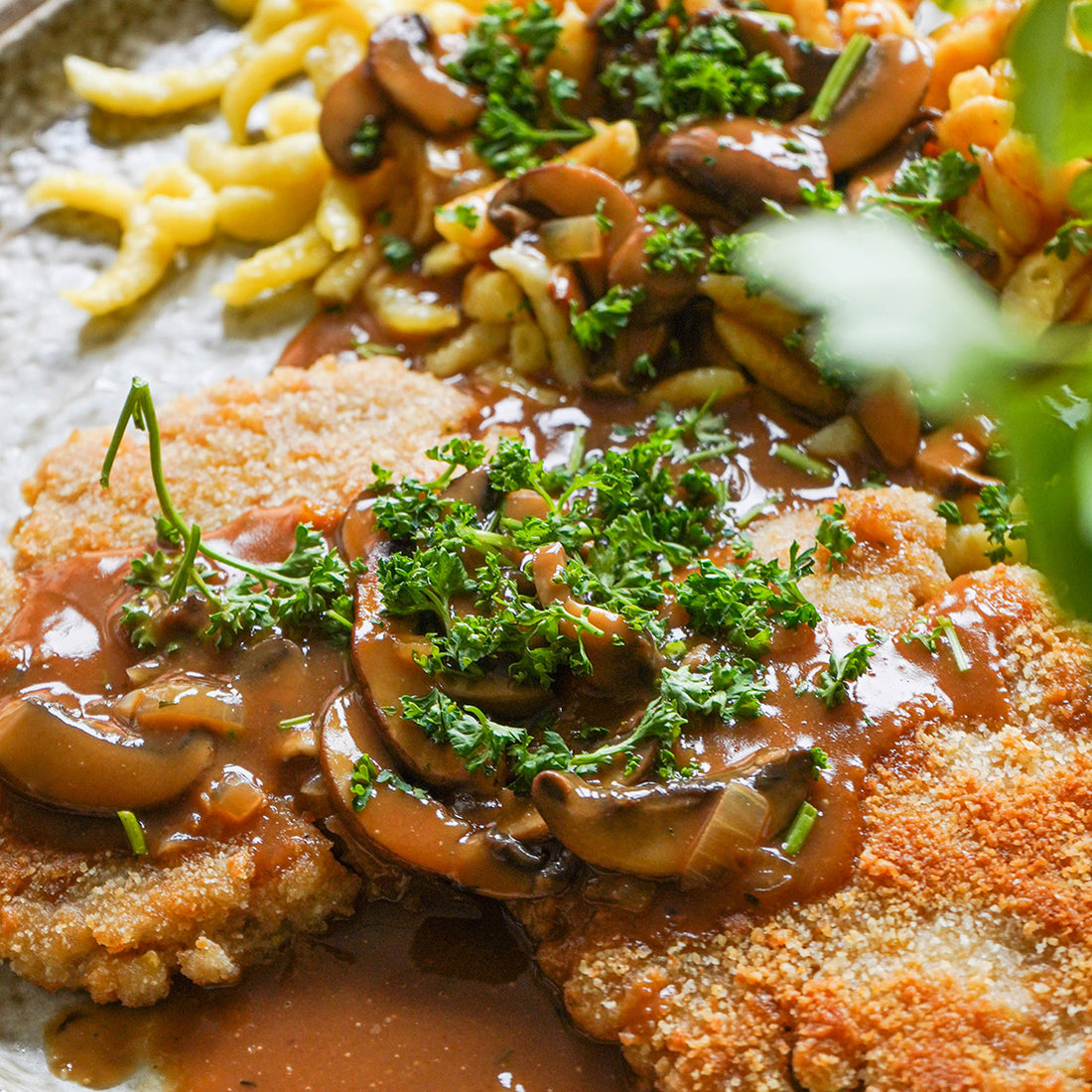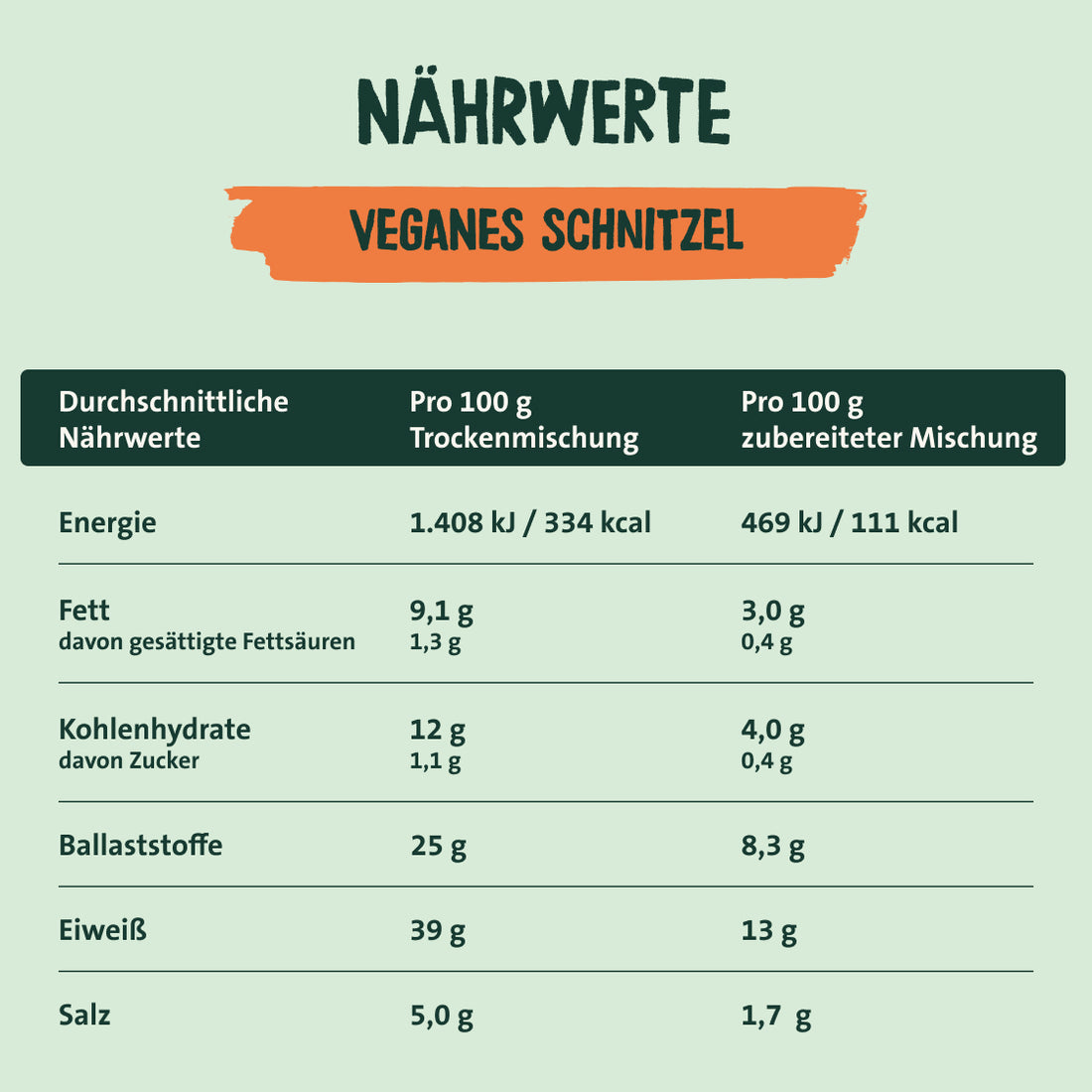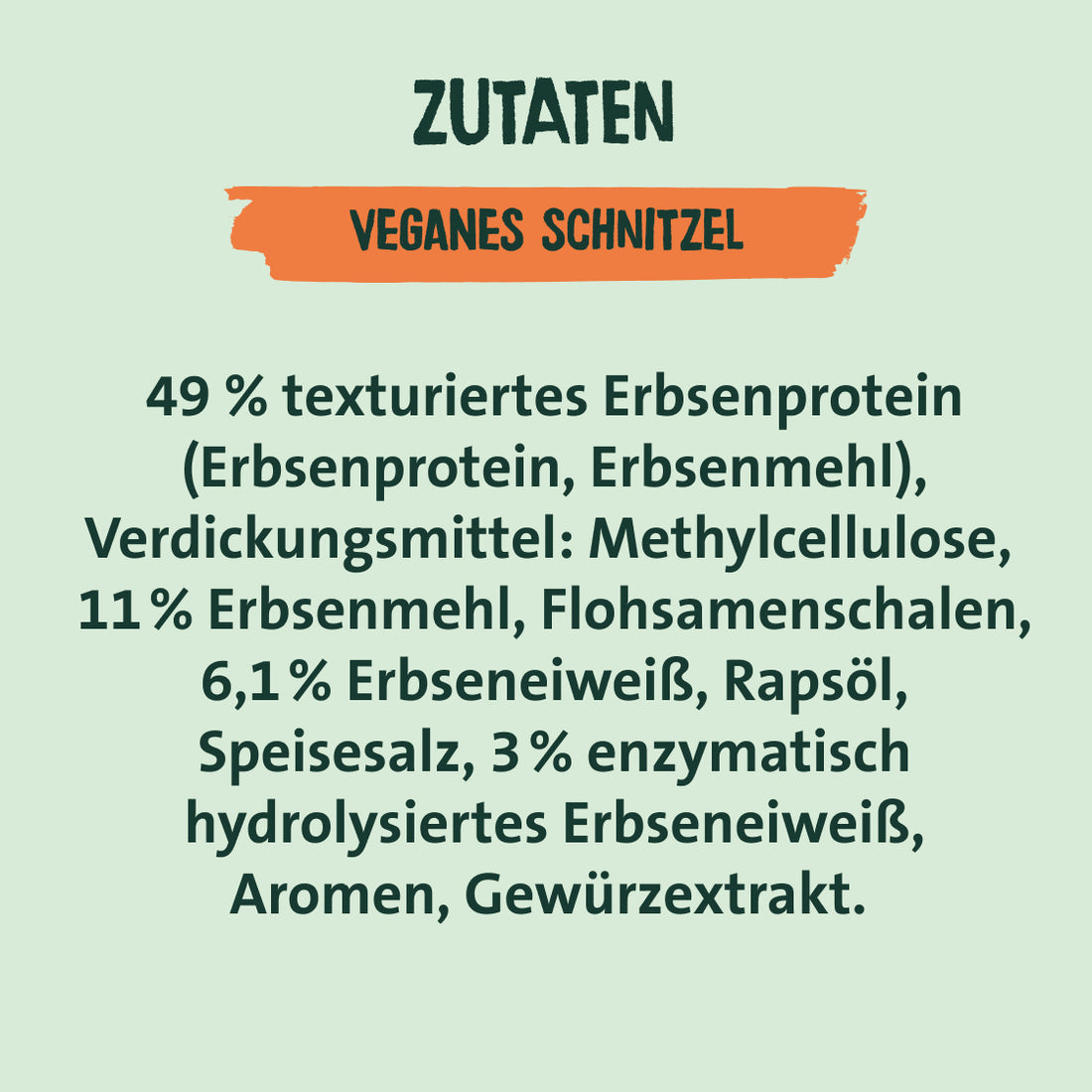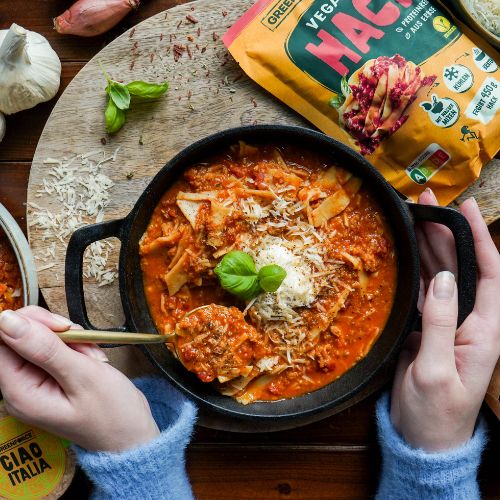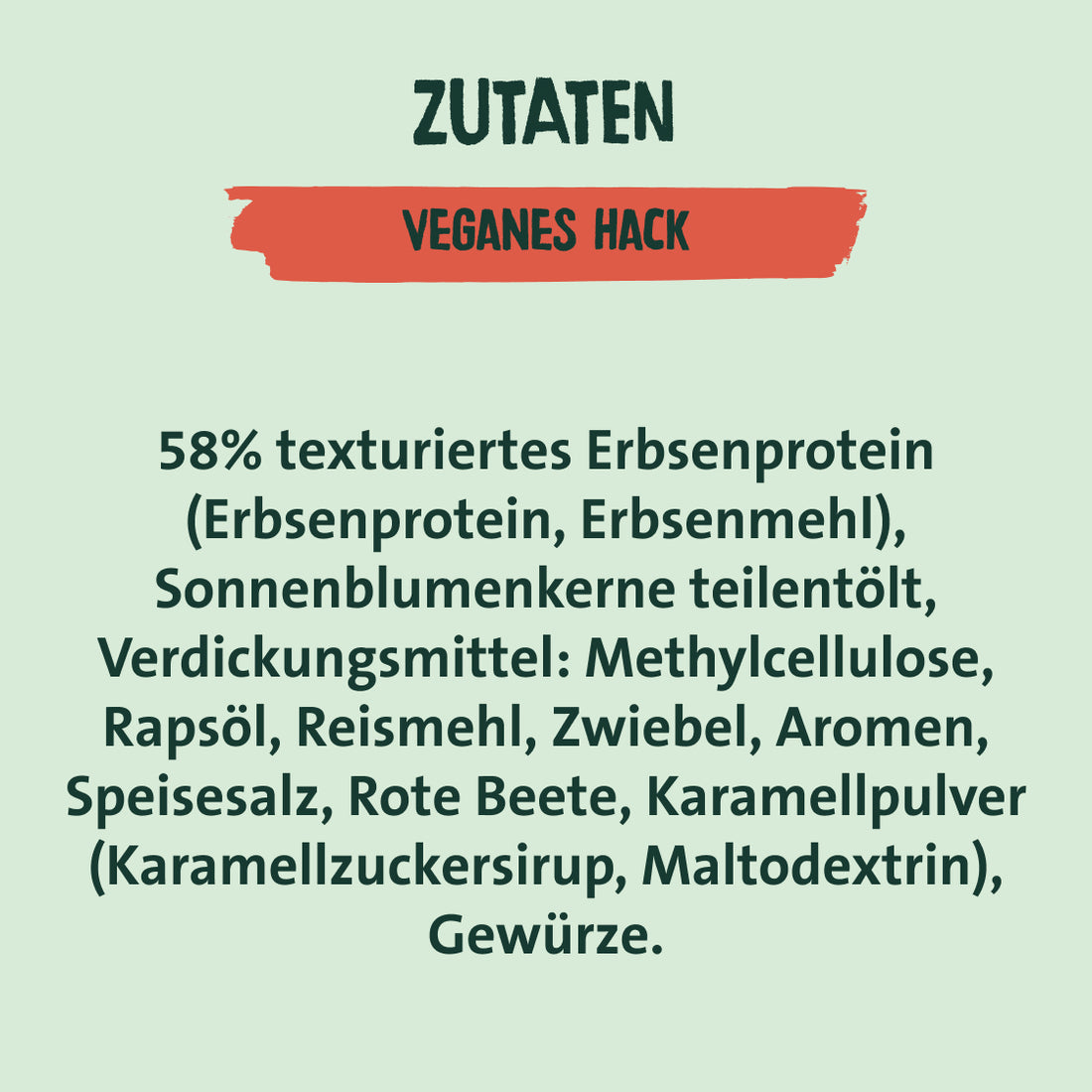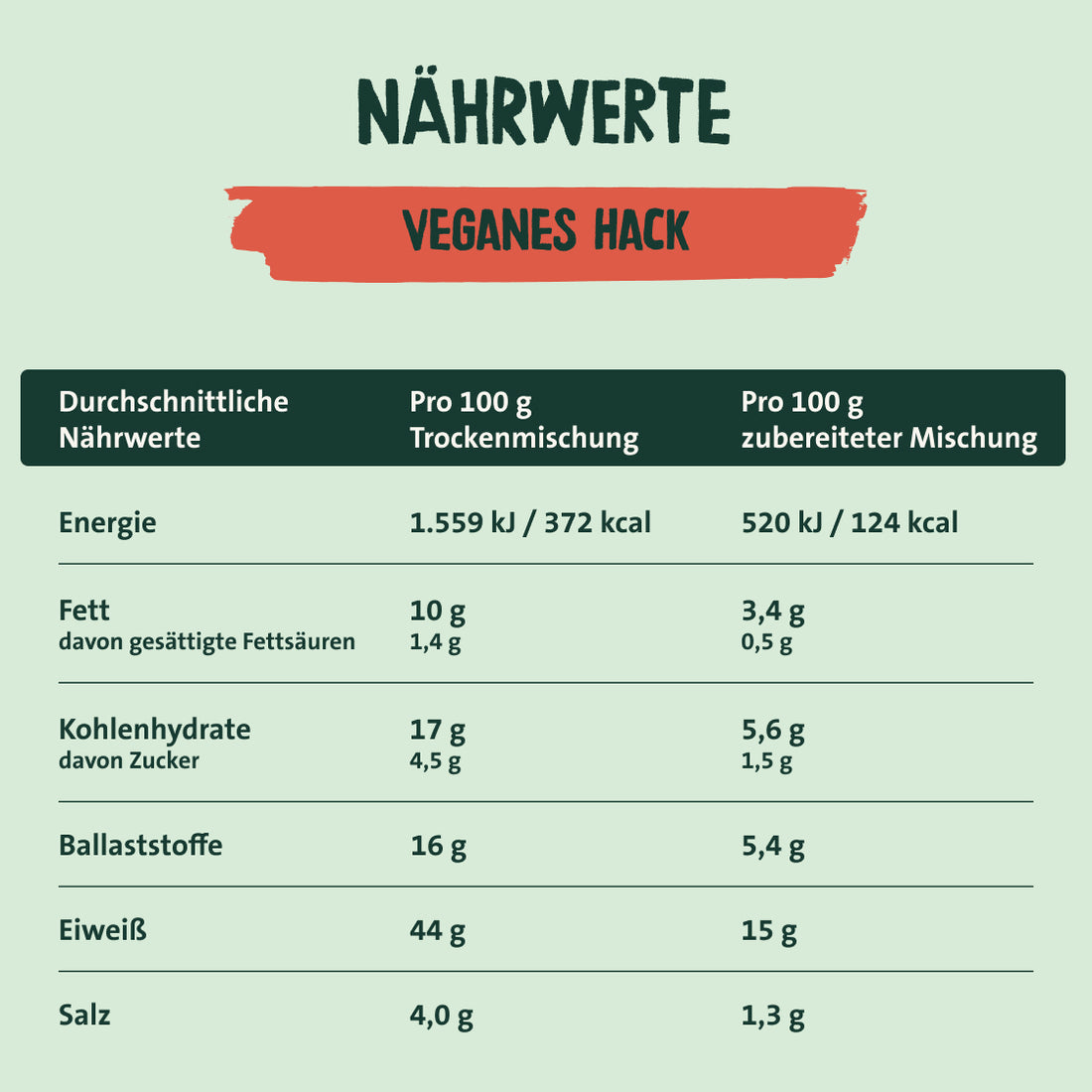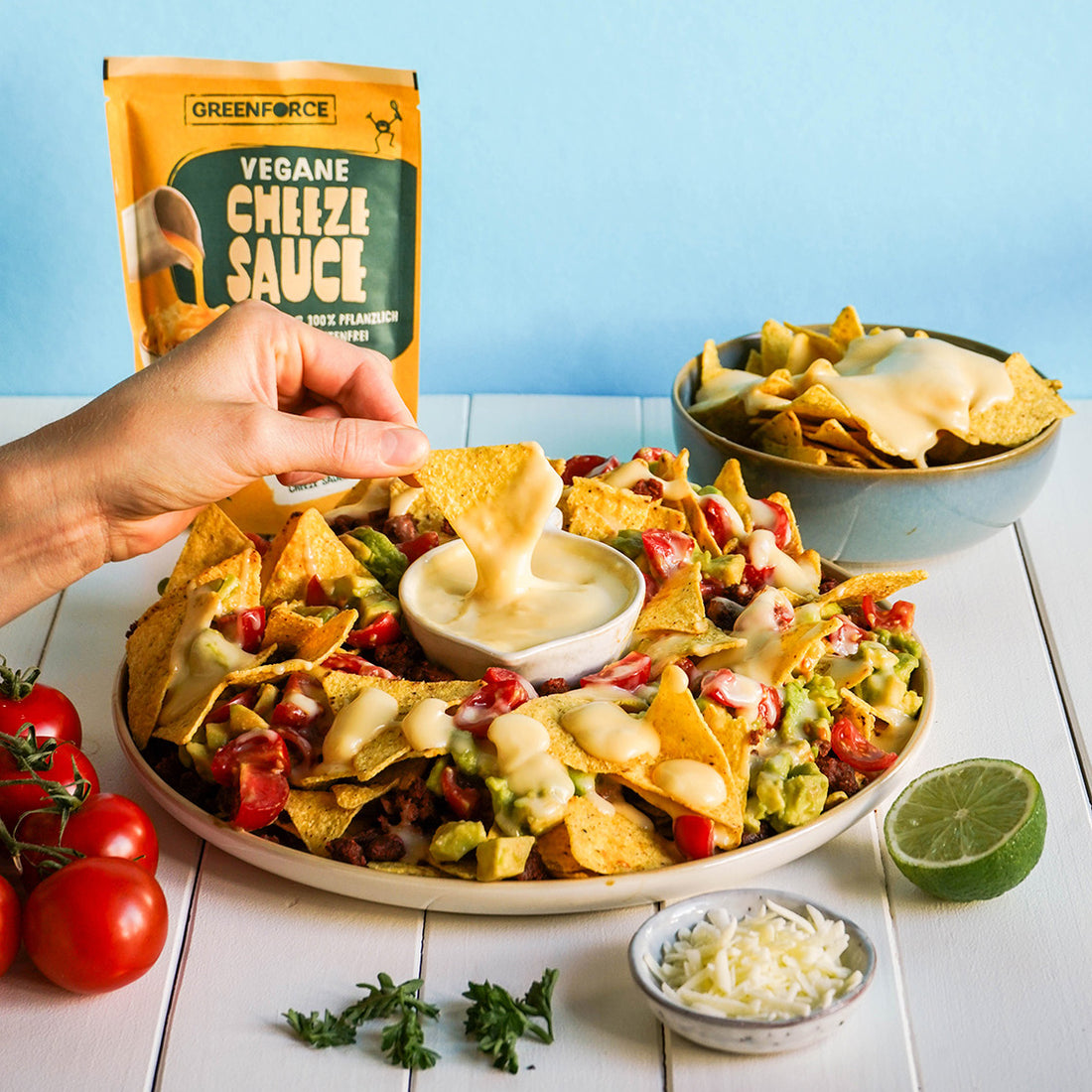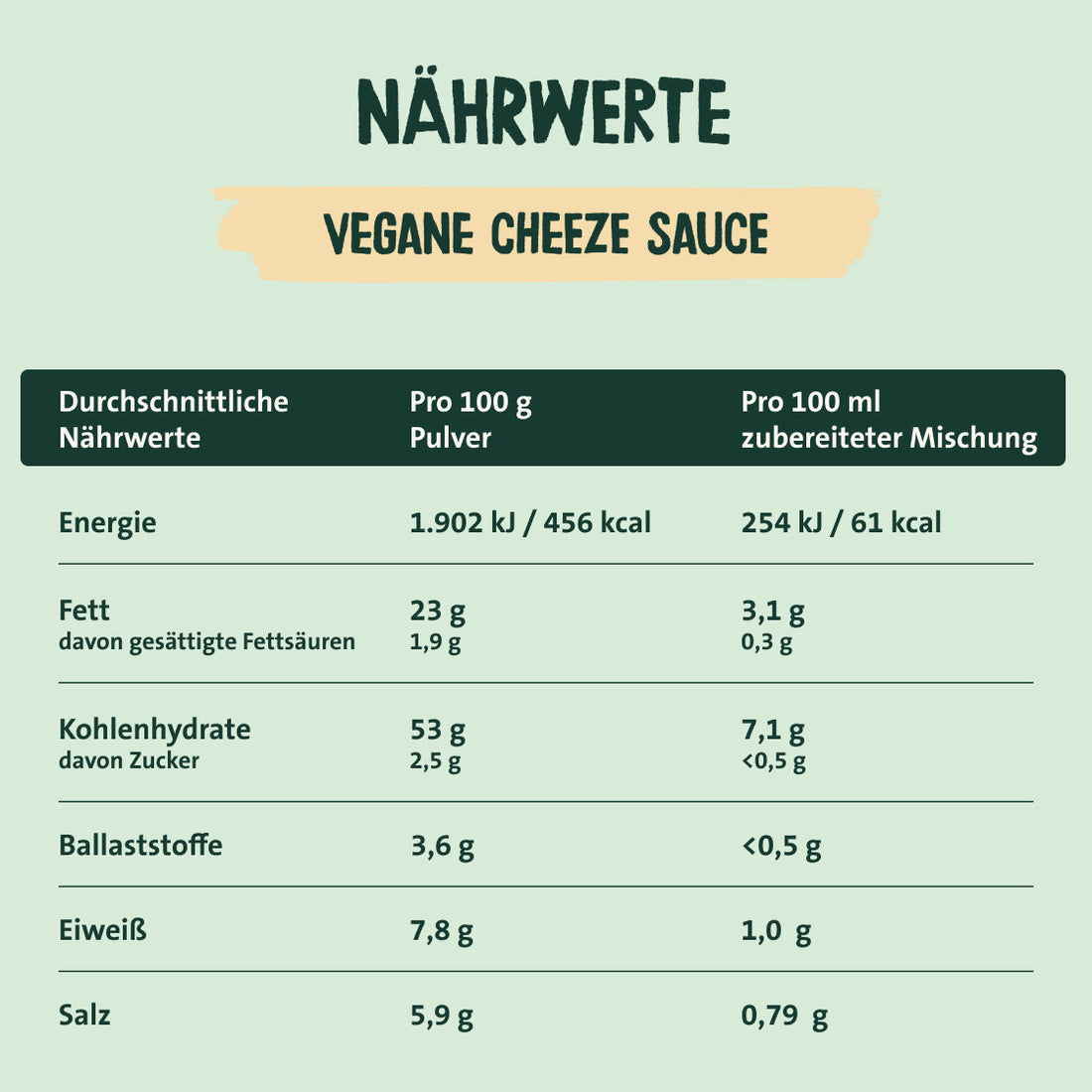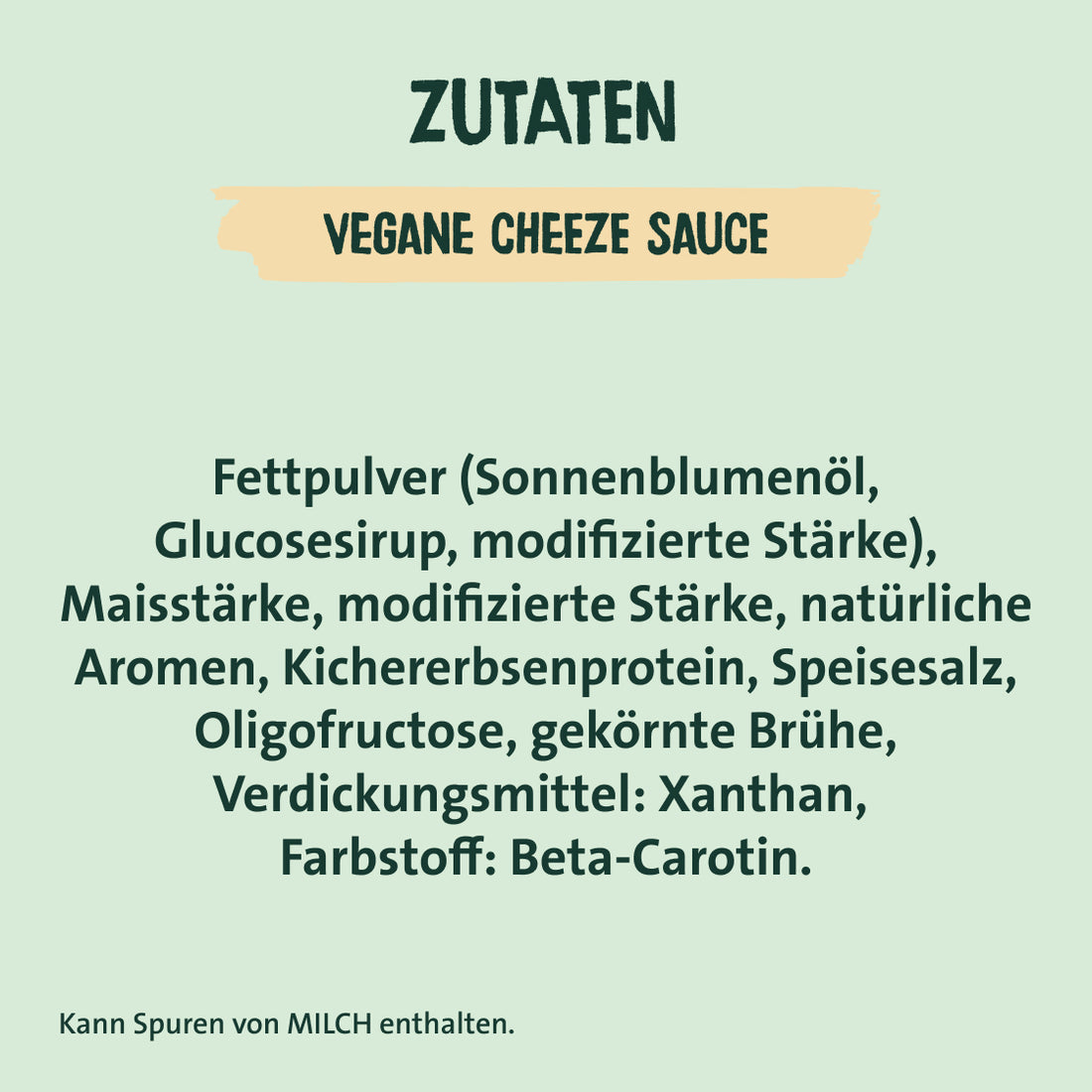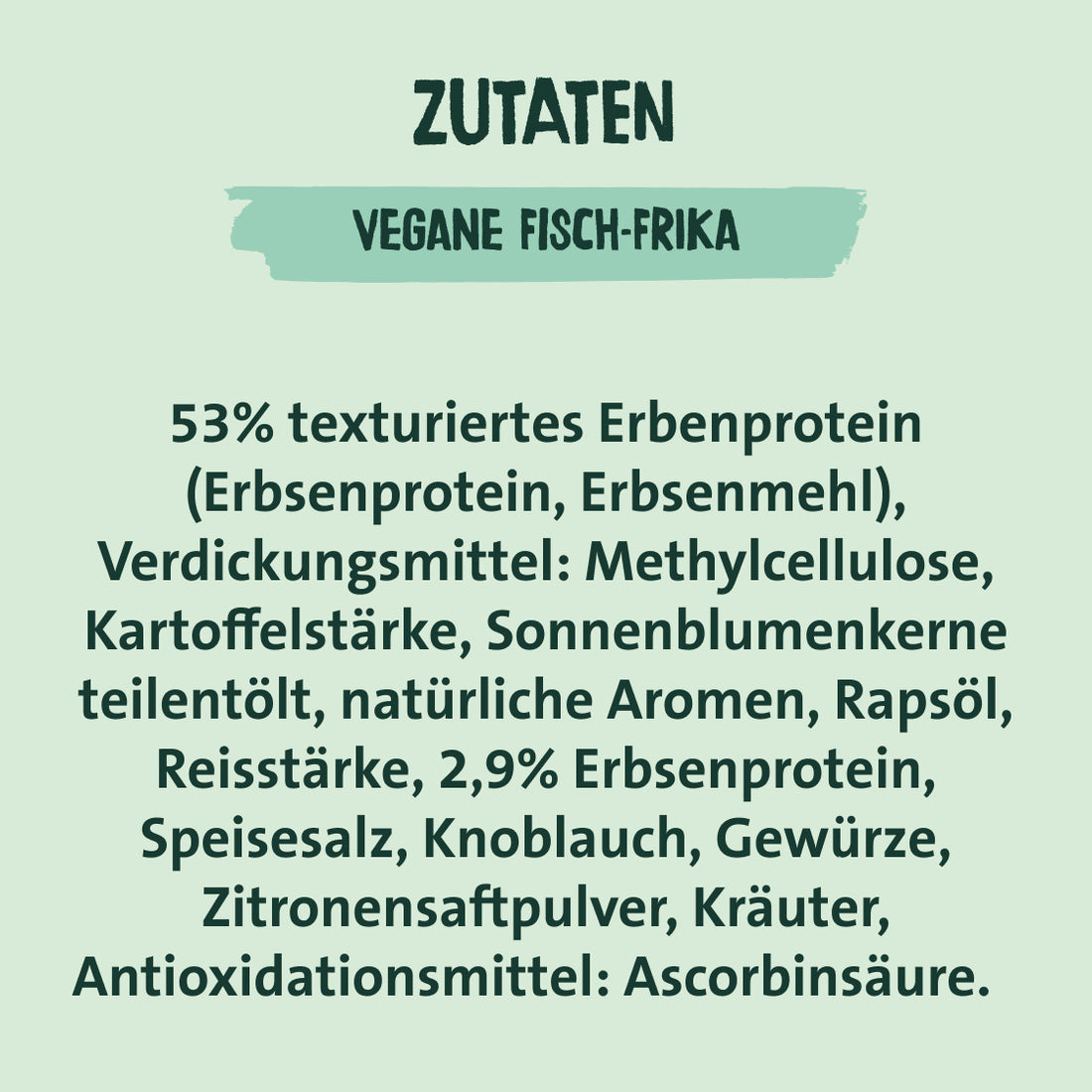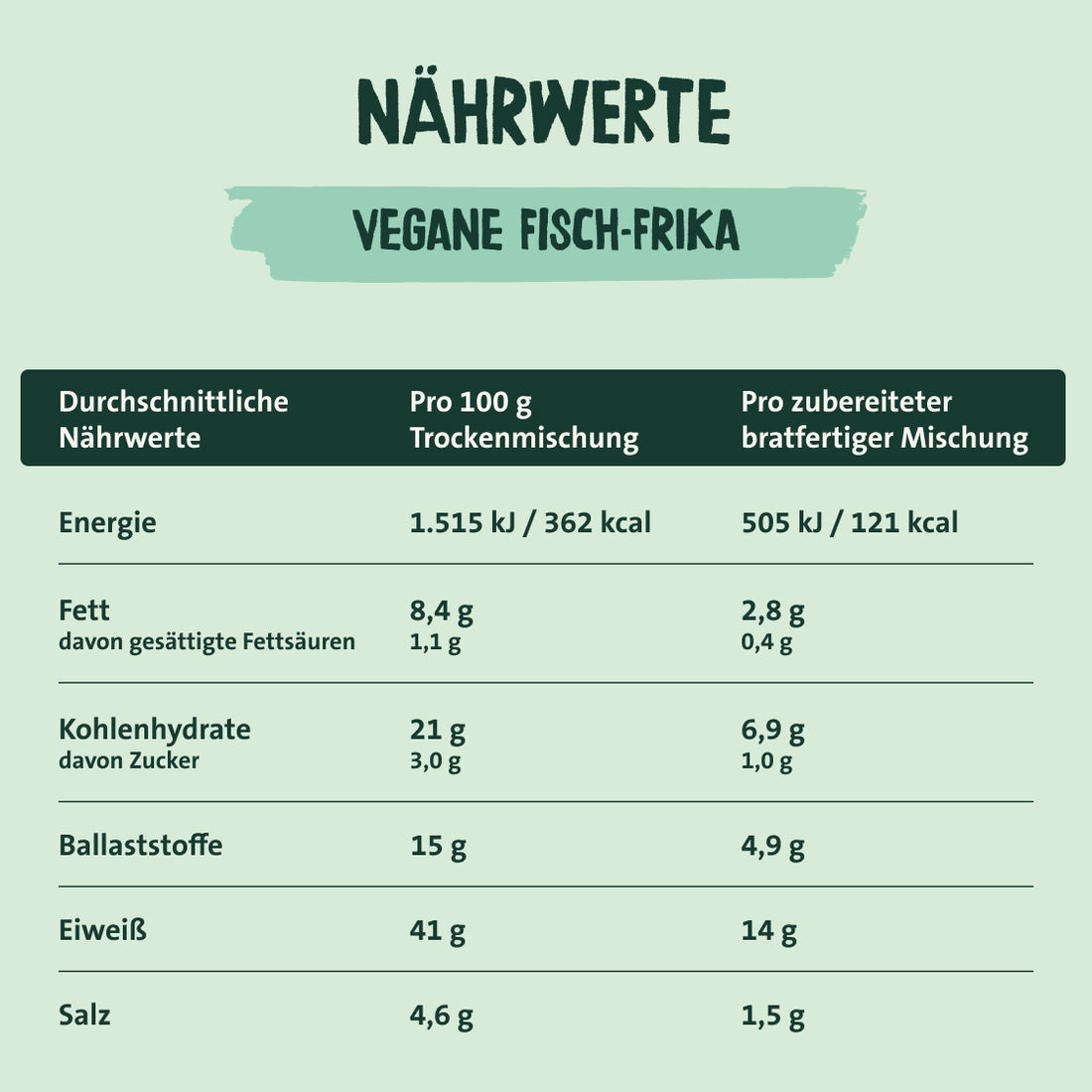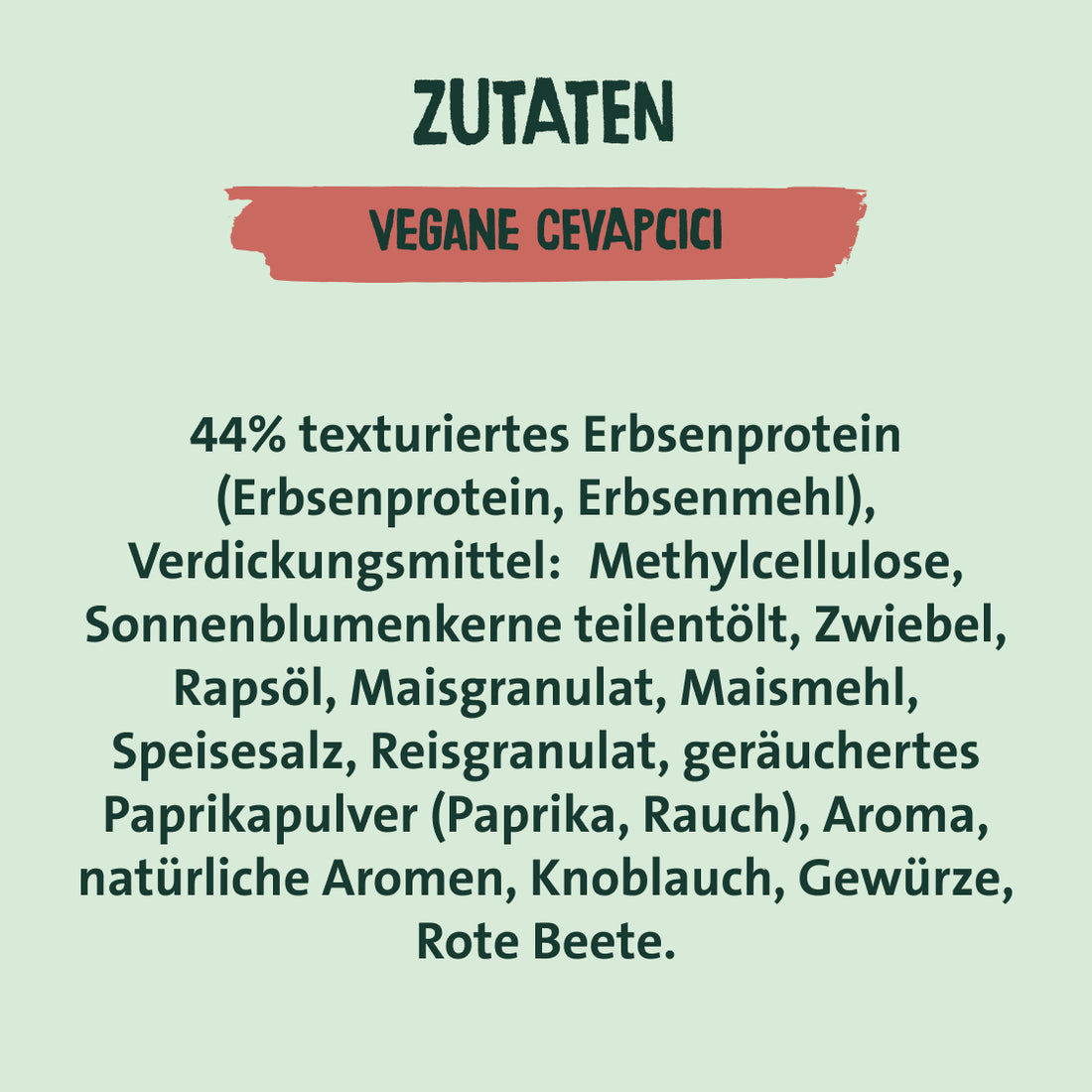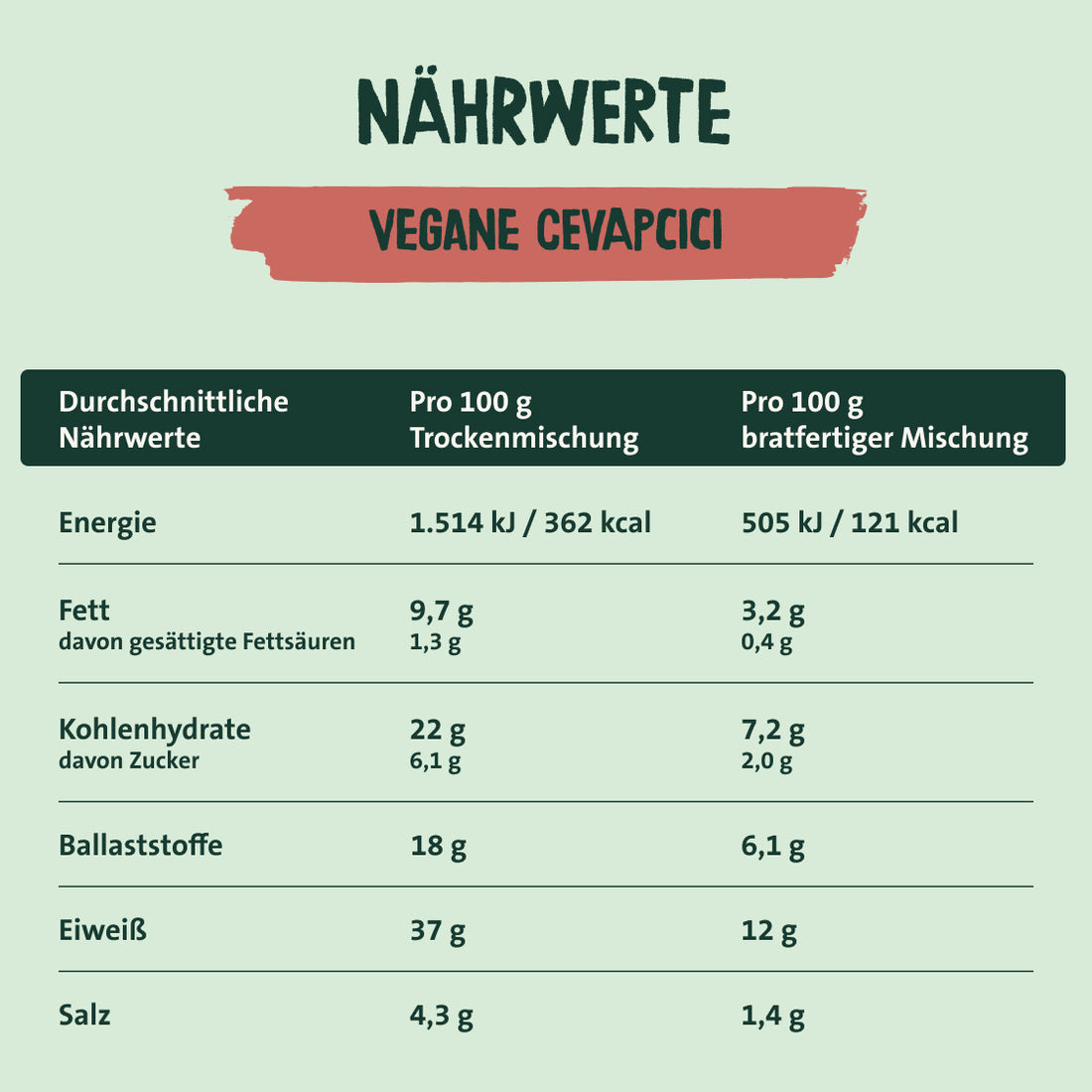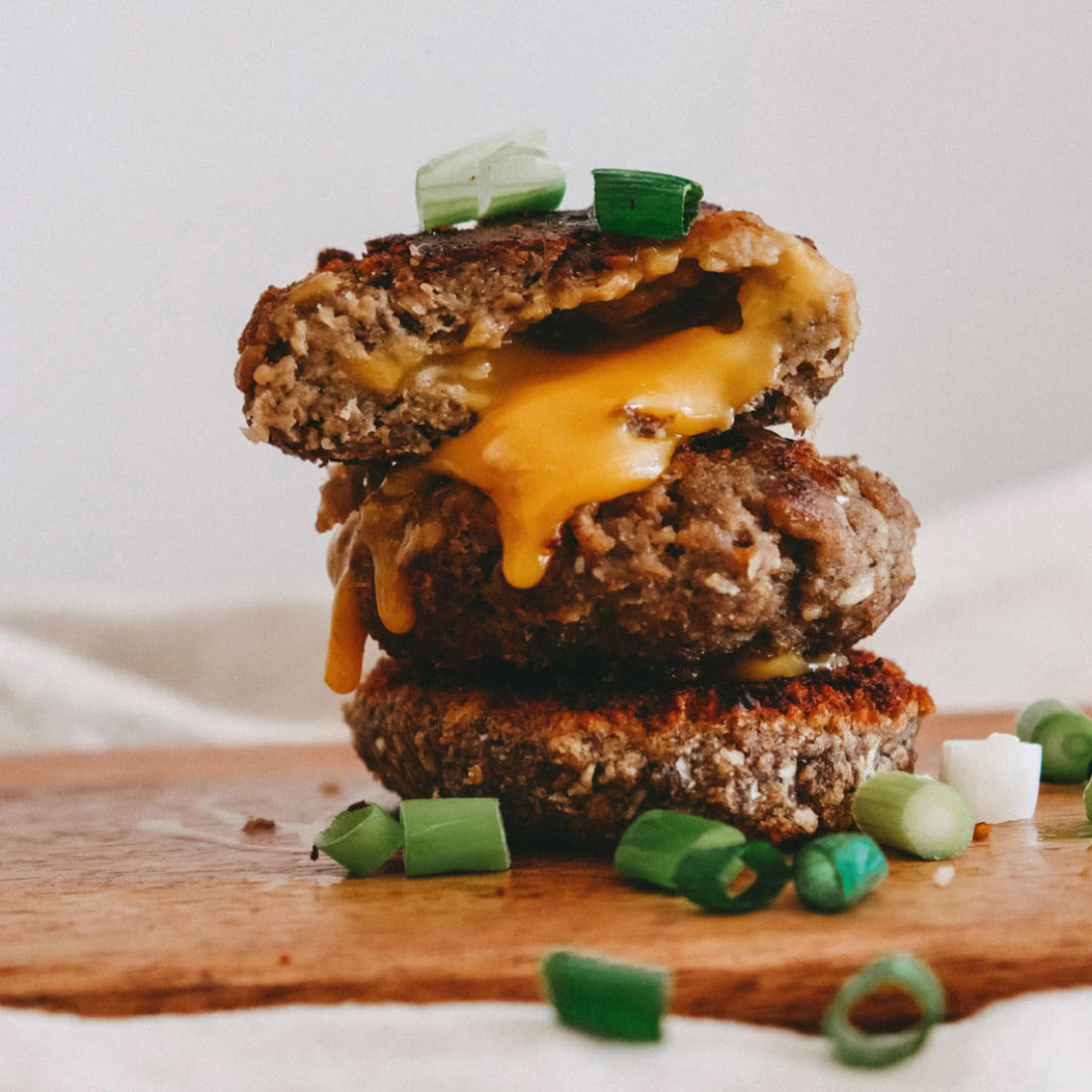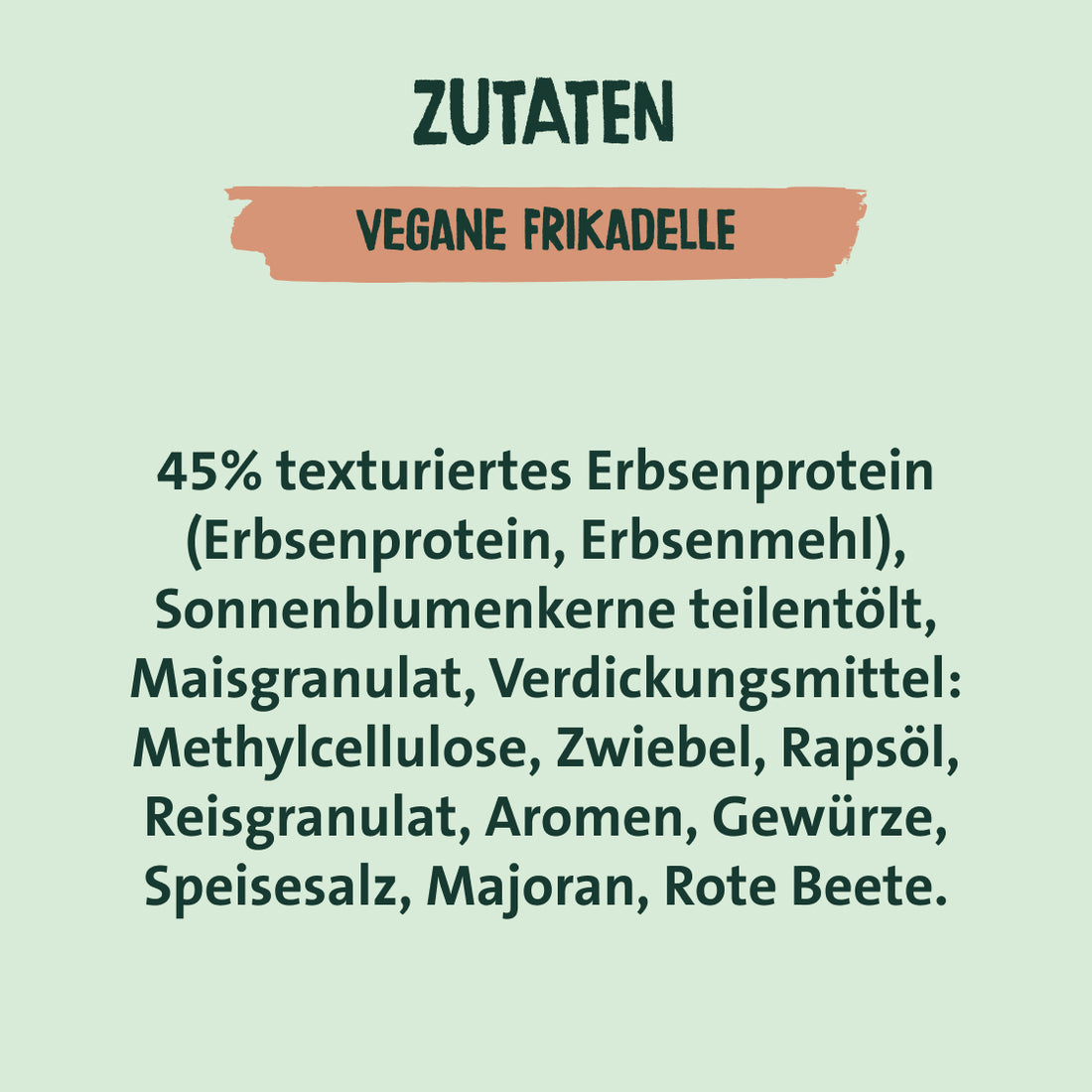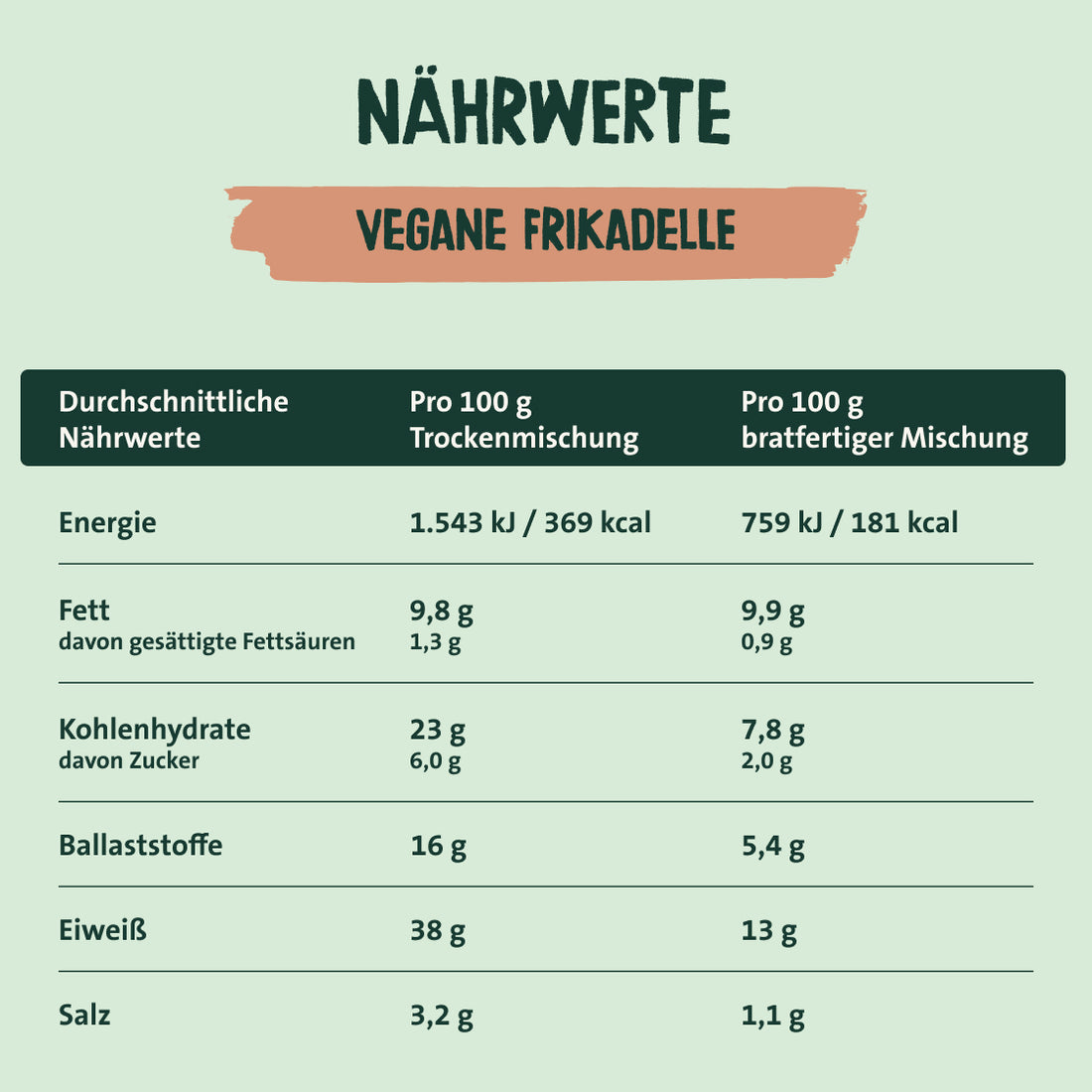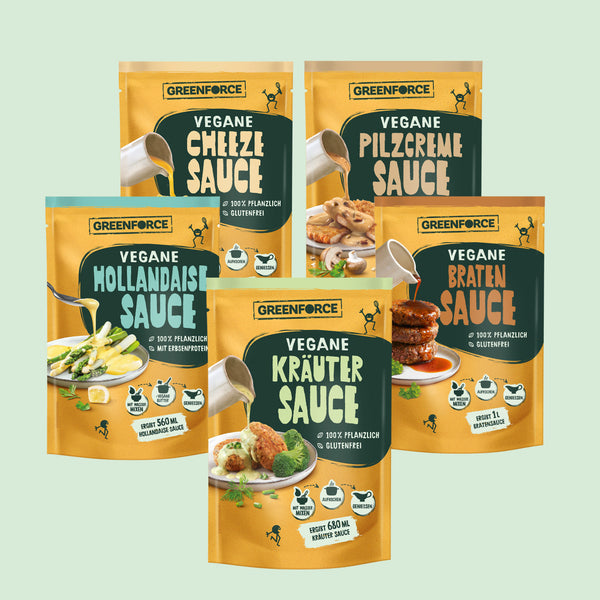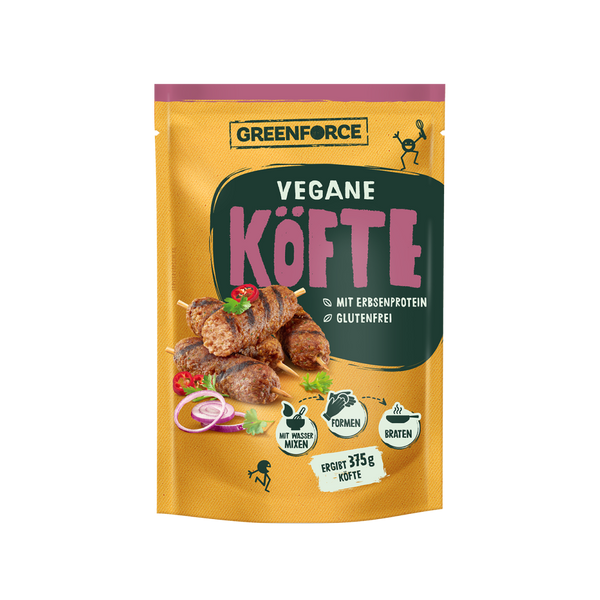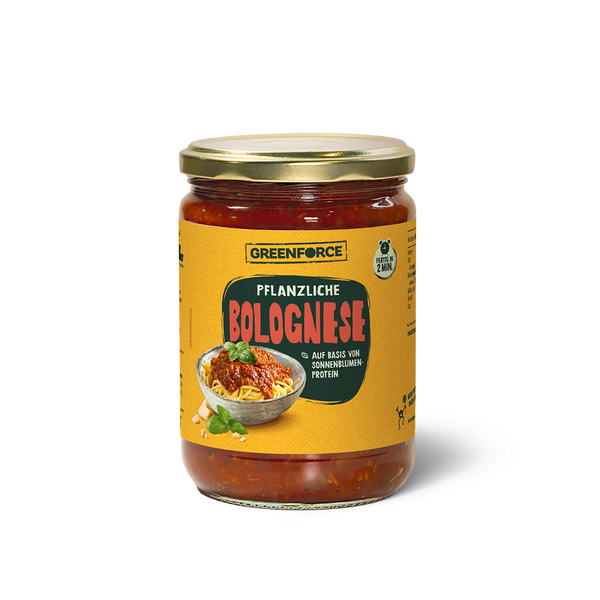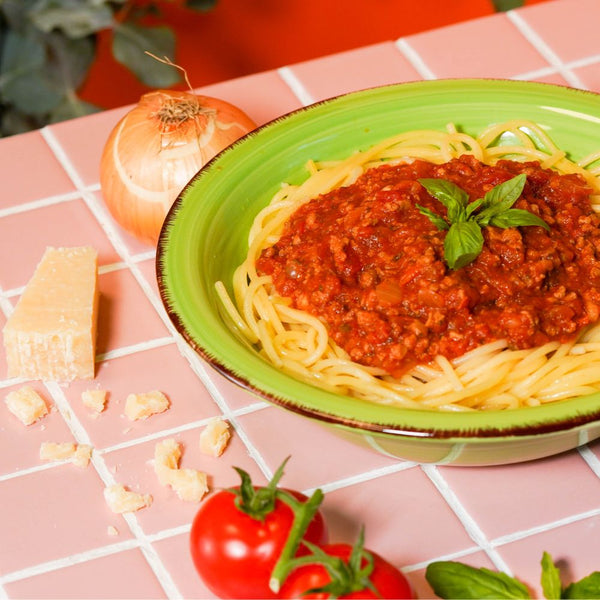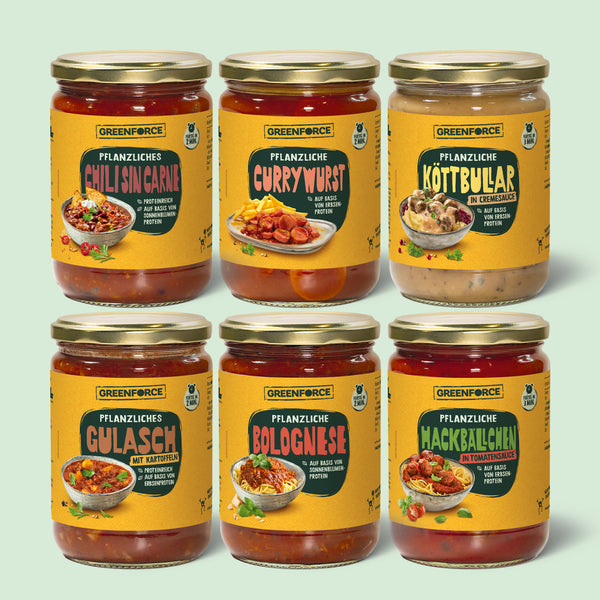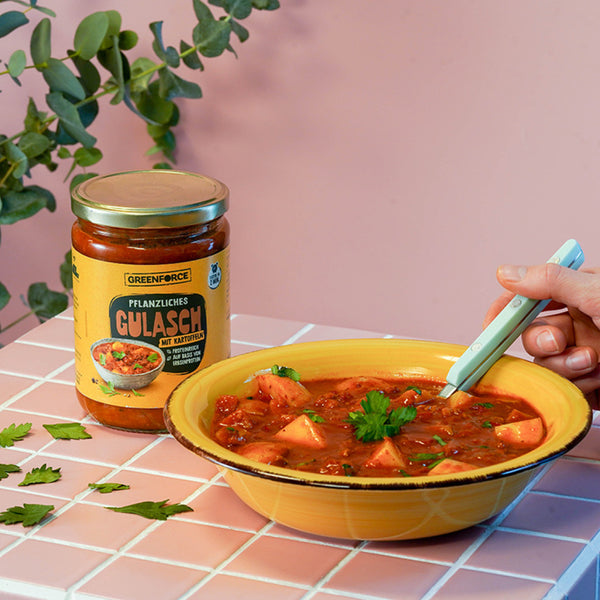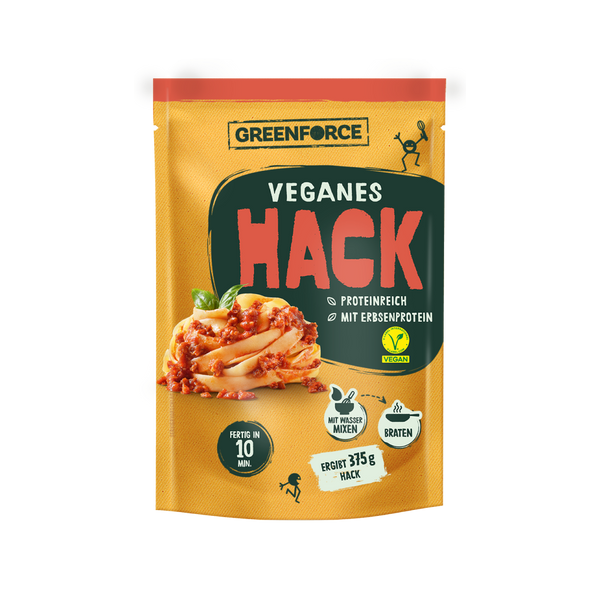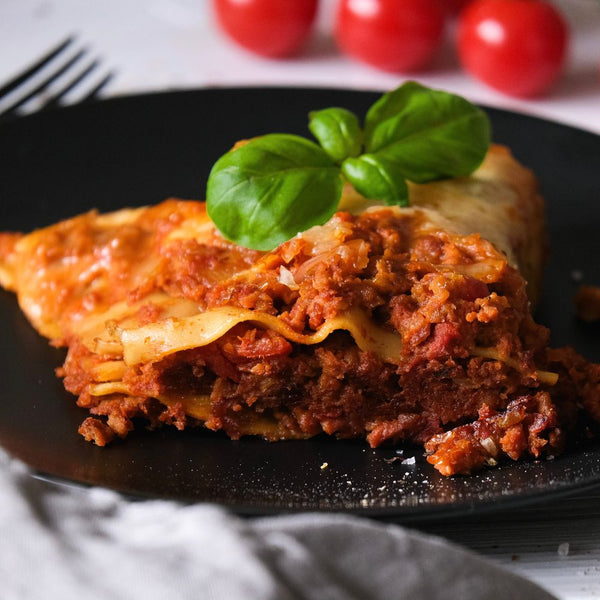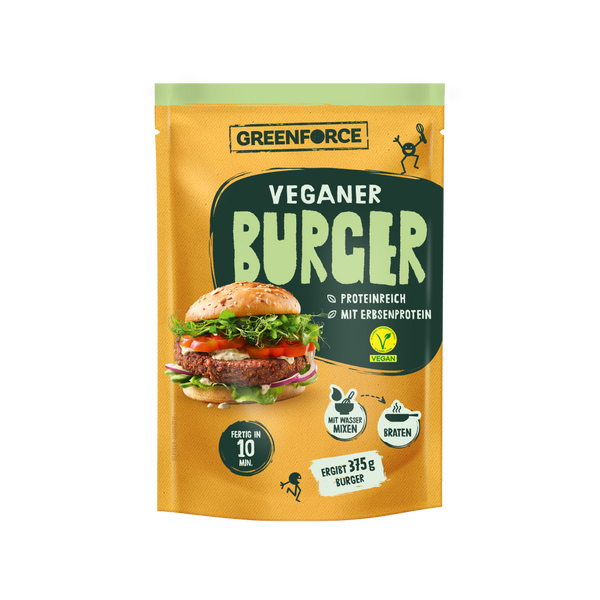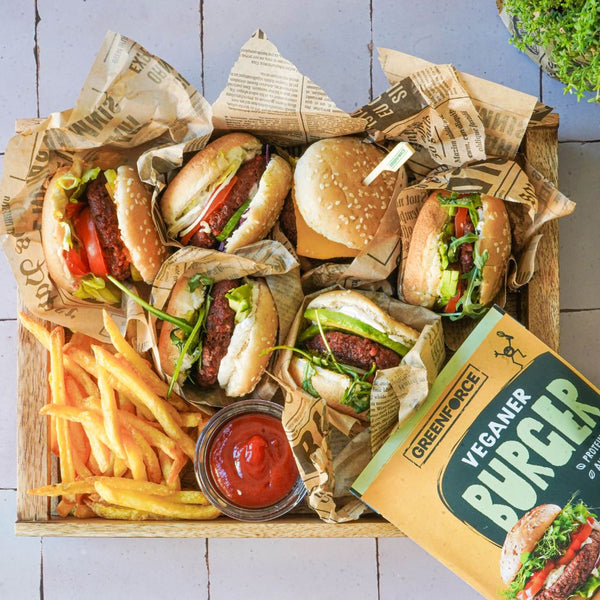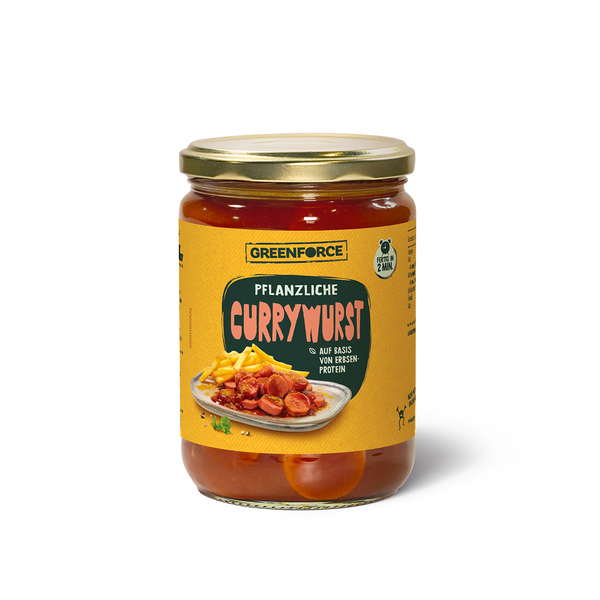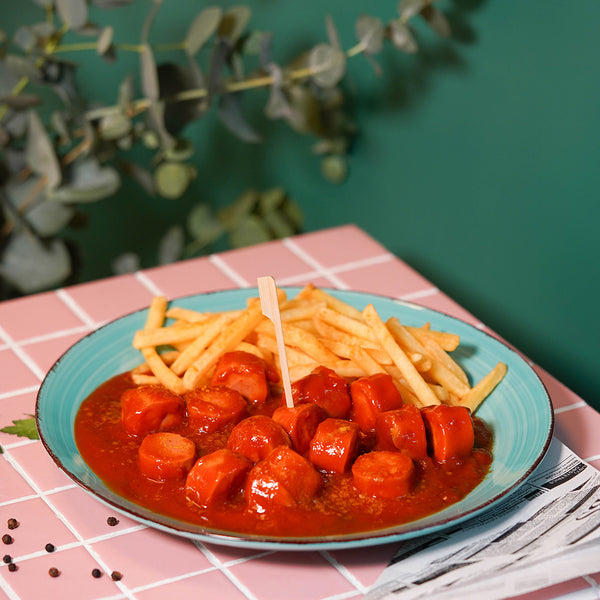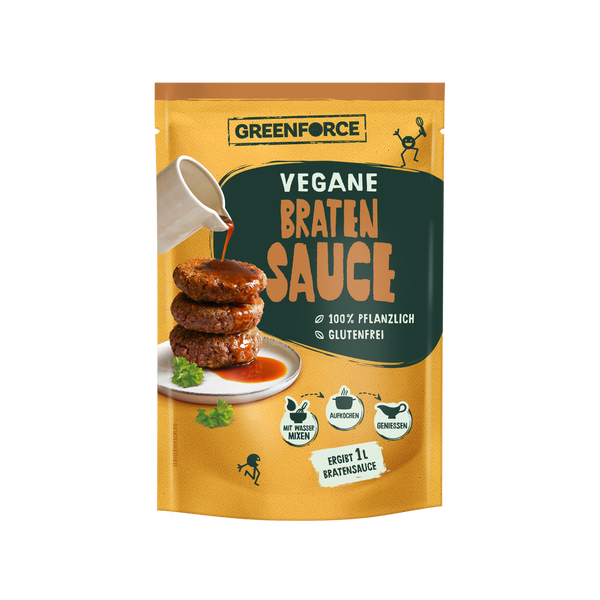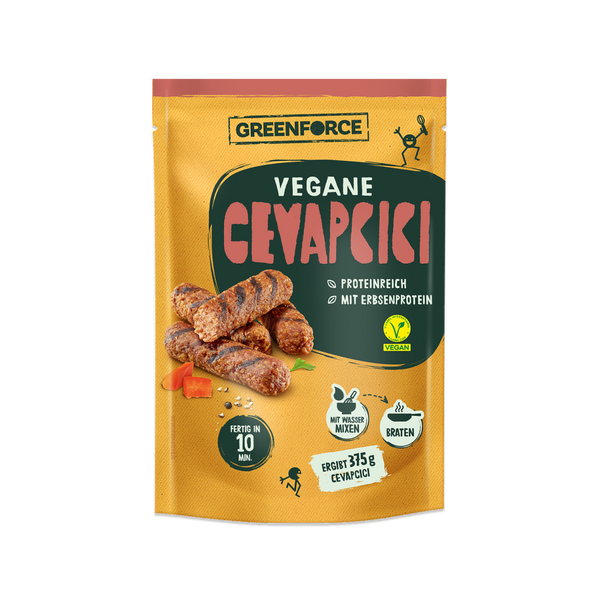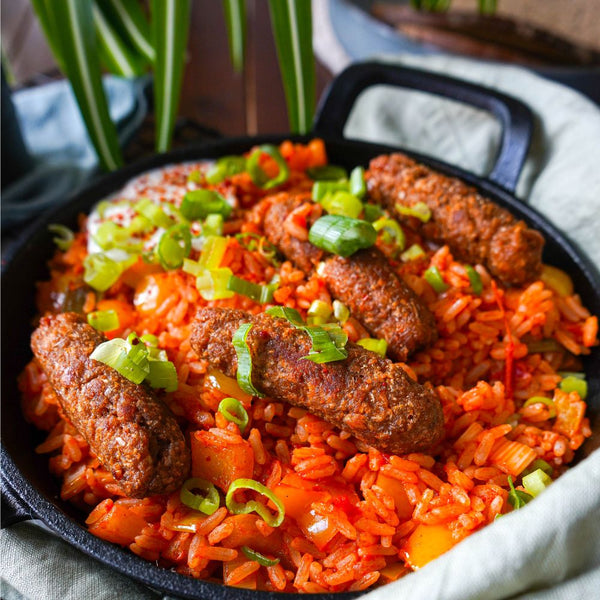Celiac disease in children: symptoms & gluten-free diet
Theresa Aicher
03/03/23
Reading time: 8 minutes
Celiac disease is an inflammatory disease of the small intestine that can occur in infancy and childhood. The cause is gluten intolerance. There is no cure for celiac disease in children, adolescents and adults, but it can be treated positively with the right diet .
If you consistently ensure a gluten-free diet for children with celiac disease , the symptoms will disappear so that your child can grow up without any symptoms.
Find out now about the various symptoms, diagnostic options and the right diet so that celiac disease does not have serious consequences in children.
What is Celiac Disease?
The disease is also known as sprue and gluten intolerance . And not that rare, because it is one of the most common non-infectious intestinal diseases.
Children can be affected just as much as adults. In Germany, around 1 percent of all people suffer from celiac disease , although the severity varies.
The trigger for the chronic disease is partly genetic. The reason is that the body reacts to gluten. This is the gluten protein in many types of grain.
Gluten is contained in these grains:
- Wheat
- Spelt
- rye
- barley
Old and rare grains such as emmer, einkorn or green kernels also contain gluten. Oats are a special case. Oats are actually gluten-free. However, contact with wheat can occur during cultivation, further processing and packaging.
That's why you should pay attention to precise labeling when buying oat products.
Gluten causes inflammation in the small intestine . Tiny cracks form in the mucous membrane, it becomes thinner and can no longer do the actual work of the digestive process.
If you have the right disposition, even the smallest amounts are enough to cause consequential damage in small children and other age groups .
The body reacts to gluten and produces antibodies against the gluten component gliadin. These antibodies destroy the lining of the small intestine by attacking the structural proteins in the small intestine.
The consequences are serious : If celiac disease is not recognized and treated in the child , the food can no longer be consumed with all the important components.
Deficiencies in the absorption of zinc, calcium, iron and vitamin D can occur. Due to the undersupply, the formation of digestive enzymes suffers.
Children suffer from indigestion, abdominal pain and diarrhea. Other food intolerances may occur, such as lactose intolerance .
Even more serious effects include anemia, rickets and short stature . Damage to teeth is also possible. Above all, the child simply does not feel well; he is often tired and exhausted. Older school-age children may experience a drop in performance.
At what age does celiac disease occur in children?
Gluten intolerance can occur at any age. Children between the ages of one and eight are often affected. The disease no longer goes away, but the sequelae and symptoms can be easily controlled for life with a gluten-free diet .


Typical & atypical symptoms
Not every malaise indicates celiac disease in small children. This makes it all the more important to correctly interpret celiac disease symptoms that affect children.
There are no symptoms of celiac disease in the first few months of life, when you are breastfeeding your child or giving him age-appropriate bottle feeding.
Children develop the first signs when supplementary feeding begins. This means that your child receives porridge, rusks, bread, cookies or other foods that contain gluten.
Typical symptoms include nausea, diarrhea and severe flatulence. The stomach may be bloated and the abdominal wall is often tense.
Atypical symptoms manifest themselves as a general feeling of unwellness. Children are often tired and seem to have no appetite. In some cases, eating is refused, and weight loss can occur in small children and older children.
Special features in children
The problem is that small children cannot yet express themselves properly. Refusal to eat and a bad mood can also have other causes.
An example : During the teething phase, children often don't want to eat, they cry a lot and appear sick. However, these phases pass relatively quickly. However, if a child is suspected of having celiac disease, things are different. Celiac disease symptoms that children develop are permanent.
It is important to have an accurate diagnosis that can be used to detect celiac disease in children. The diagnosis is certain with a blood test, so other reasons can be ruled out.
The following signs may indicate that a child has celiac disease:
- He doesn't like to eat, to the point of refusing to eat.
- Your child is very often tired and tearful.
- Diarrhea and nausea often occur.
Children who cannot yet say what is wrong with them still notice that the food is not good for them. That's why some people refuse to eat.
The result, of course, is a constant feeling of hunger, which doesn't exactly contribute to a better mood. If there is also significant weight loss, a trip to the doctor is essential. Ultimately, you want to know exactly whether the child has celiac disease .
Who diagnoses celiac disease and can celiac disease be cured?
The pediatrician is the first point of contact. He takes the celiac disease symptoms that children develop seriously and arranges for a blood test.
Before the test, it is important that you do not switch to gluten-free food on your own. Otherwise the result of the blood test will be distorted. The test is clear and the starting point for a change in diet.
The result of the test is initially a challenge. Because you will also find out that celiac disease in children cannot be cured . But there are really good countermeasures.
A permanent change in diet by completely avoiding foods containing gluten not only makes the symptoms disappear. The small intestine can recover almost completely.
This means that the body can be supplied with important nutrients again. However, the gluten-free diet must be strictly adhered to. Even the smallest amounts of gluten can trigger inflammation in the intestines.

A healthy life for your child
The vegan diet offers good conditions for a successful change in diet . Of course, even with a vegan diet you have to avoid foods containing gluten.
But a balanced vegan diet contains everything the child's organism needs. Versatile vegan food contains vegan protein sources and the main ingredients such as vegetables, fruits and legumes provide the body with vitamins and minerals.
Only the intake of vitamin B12 may be too little if meat is avoided in the diet. Otherwise, important components such as vegetable protein are included in a balanced vegan diet .
Be careful with certain foods
Dealing with grains can be problematic - or rather switching to gluten-free bread and other baked goods. However, there are good alternatives so that small children don't miss out on anything.
Plant-based foods and gluten-free grains ensure a balanced diet. So-called pseudograins and pseudocereals such as millet, buckwheat, amaranth and quinoa do not contain gluten.
Chestnut flour, corn, rice, potatoes and nuts can also be included in the diet without hesitation. Many grain-containing foods are now available without gluten - first and foremost are gluten-free pasta, which is a staple diet for many children.
Be careful with finished products : Foods containing gluten should be clearly labeled . But since even tiny traces can lead to a recurrence of intestinal inflammation, you have to pay particular attention to this.
You will be on the safe side if you choose your purchasing sources carefully. By the way, you don't have to cook all the time yourself, because at Greenforce you can find vegan foods and semi-finished products with clear labeling.
This not only contains vegan protein sources, but also other balanced ingredients. Vegetable protein , which is very important for the body, is also found in vegan meat substitute products, for example.
At Greenforce you get delicious meat and sausage substitutes with appropriate labeling - guaranteed gluten-free.
This makes it easy to answer this question : What does a child with celiac disease have to do without? Basically nothing at all, except gluten. Plant-based foods and high-quality vegan products help you stay happy.

